Arroz con Coco, or coconut rice, holds a cherished place in the heart of Caribbean culinary traditions. This flavorful dish, known for its aromatic blend of rice and coconut, transcends mere sustenance. It embodies a celebration of heritage, community, and history.
In this article, we’ll delve into the cultural significance of Arroz con Coco, exploring its origins, evolution, and integral role in various Caribbean festivities. Additionally, we’ll share personal stories and anecdotes that highlight its importance in family and community traditions.
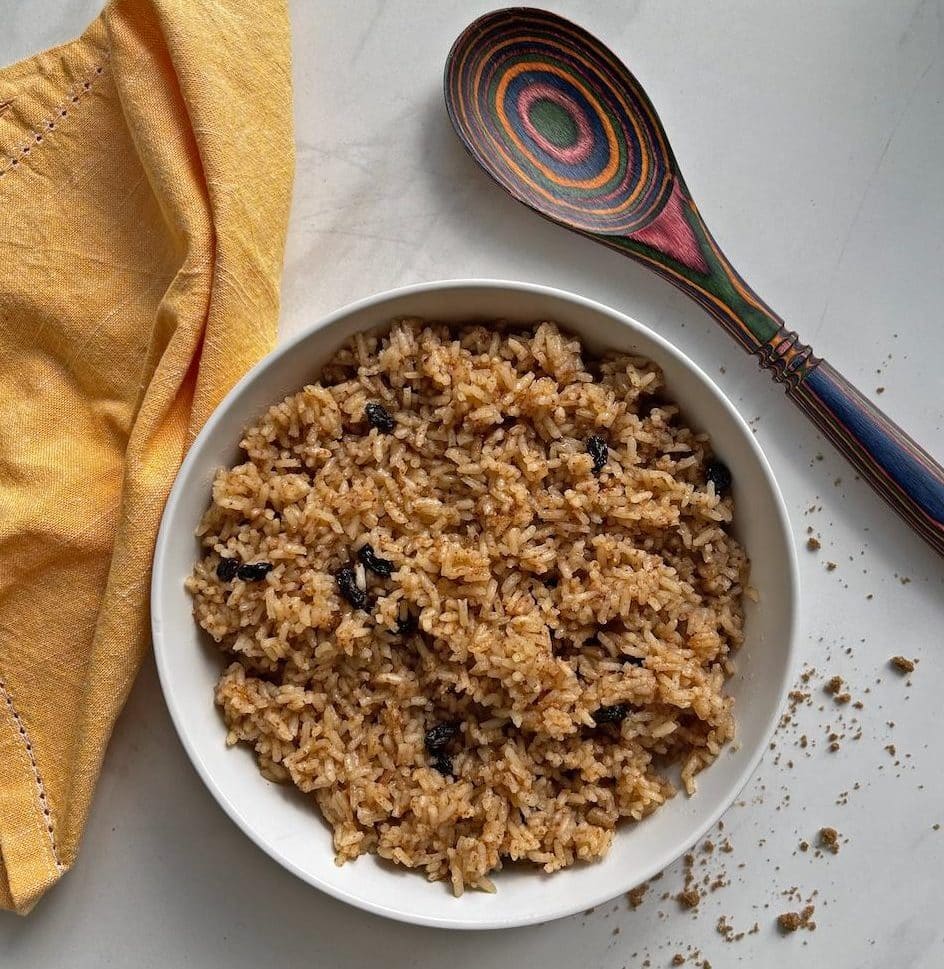
Historical Background
Origins of the Dish
The roots of Arroz con Coco can be traced back to the diverse cultural influences that have shaped Caribbean cuisine. The dish’s origins are deeply intertwined with the region’s colonial history, where African, Indigenous, and European culinary practices converged. Coconut, a staple ingredient in tropical regions, combined with rice, a crop introduced by Spanish colonizers, to create a dish that resonated with the local populace.
The African influence on Caribbean cuisine is particularly evident in Arroz con Coco. Enslaved Africans brought with them their culinary traditions, which included the use of coconut milk and rice. These ingredients were readily available in the Caribbean, making Arroz con Coco a natural fusion of African cooking methods with local produce.

Evolution Over Time
Over the centuries, Arroz con Coco has undergone numerous transformations, adapting to regional tastes and available ingredients. Initially, the dish was relatively simple, consisting of rice cooked in coconut milk with a hint of salt.
However, as Caribbean societies evolved, so did their culinary preferences. Today, Arroz con Coco often includes ingredients like sugar, cinnamon, raisins, and even fish or meat, reflecting the diverse palates and cultural amalgamations of the Caribbean people.
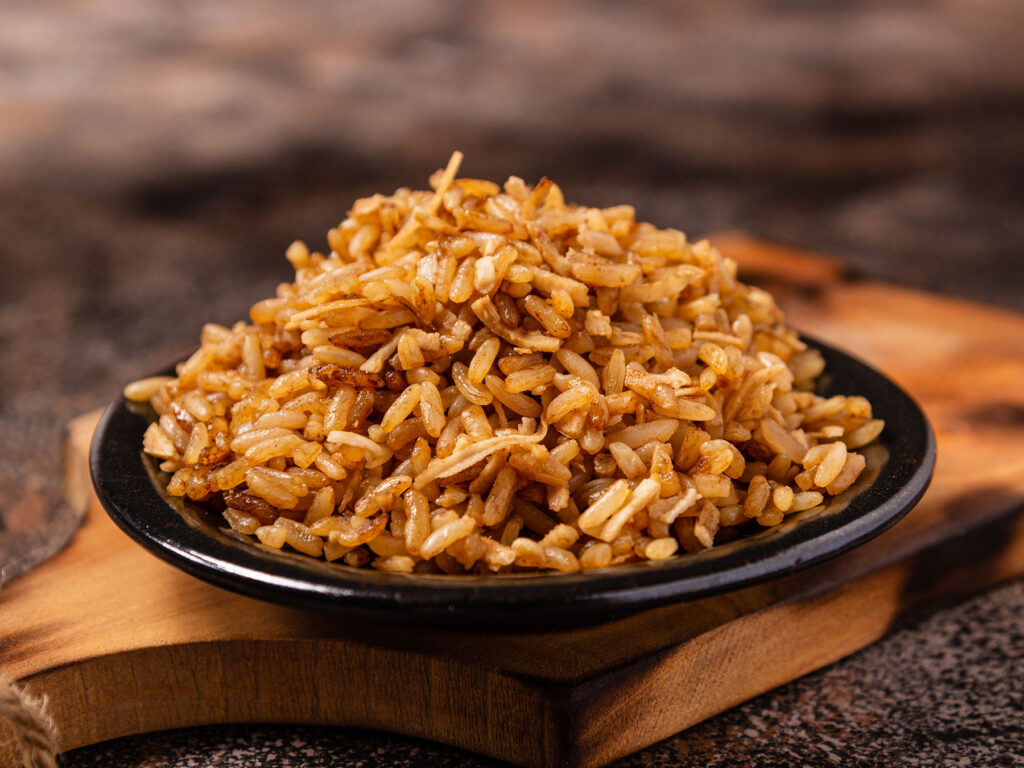
In contemporary times, the dish has become a symbol of Caribbean identity and pride. It is celebrated not only for its taste but also for its representation of the region’s resilience and adaptability. Each variation of Arroz con Coco tells a story of cultural exchange and historical evolution.
Arroz con Coco in Festivals
Major Caribbean Festivals
Caribbean festivals are vibrant celebrations of culture, music, dance, and, of course, food. Arroz con Coco is a staple at many of these events, highlighting its importance in the region’s culinary repertoire. Major festivals such as Carnival, J’ouvert, and Crop Over provide the perfect backdrop for enjoying this beloved dish.
During these festivals, Arroz con Coco is often served alongside other traditional foods, creating a feast for the senses. The aroma of coconut and spices wafts through the air, enticing festival-goers and adding to the festive atmosphere. It is a time for communities to come together, celebrate their shared heritage, and indulge in the flavors that define their identity.
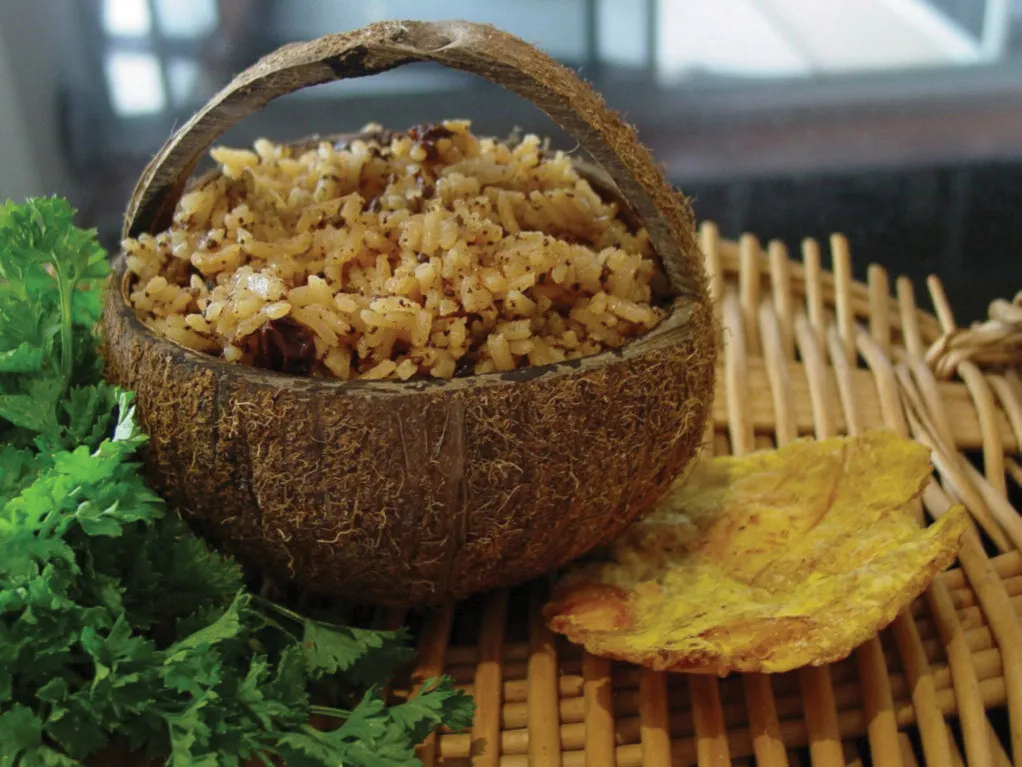
Role of the Dish in Celebrations

Arroz con Coco plays a crucial role in Caribbean celebrations, symbolizing unity, tradition, and cultural pride. The dish is more than just a culinary delight; it is a means of connecting with the past and honoring ancestors. Preparing and sharing Arroz con Coco during festivals is a ritual that reinforces family bonds and community ties.
In many households, the preparation of Arroz con Coco is a communal activity, involving multiple generations. Elders pass down their recipes and techniques to younger family members, ensuring that the tradition continues. This shared experience fosters a sense of belonging and continuity, reinforcing the cultural significance of the dish.
Personal Stories and Anecdotes
Family Traditions
For many Caribbean families, Arroz con Coco is more than a festival food; it is a cherished family tradition. Each family has its own unique recipe, often passed down through generations. These recipes are closely guarded secrets, with each cook adding their personal touch to create a dish that is uniquely theirs.
One such story comes from a family in Puerto Rico, where Arroz con Coco is a staple at Christmas celebrations. The matriarch of the family, known for her culinary prowess, spends days preparing the dish, infusing it with love and tradition. The family gathers around the table, sharing stories and laughter, as they enjoy the rich, creamy rice that has become a symbol of their heritage.

Community Events
In addition to family traditions, Arroz con Coco is a centerpiece at many community events. These gatherings provide an opportunity for neighbors and friends to come together, celebrate their shared culture, and enjoy the flavors of the Caribbean. From church socials to neighborhood festivals, Arroz con Coco is a dish that brings people together.

In coastal villages of Colombia, for example, community festivals often feature Arroz con Coco as a main attraction. Residents gather on the beach, cooking large pots of the dish over open fires. The communal cooking process is a celebration in itself, with music, dancing, and storytelling adding to the festive atmosphere. These events strengthen community bonds and ensure that cultural traditions are preserved for future generations.
Conclusion
Arroz con Coco is more than just a dish; it is a symbol of Caribbean culture, history, and community. From its origins rooted in the fusion of African, Indigenous, and European culinary practices to its role in contemporary festivals and family traditions, Arroz con Coco embodies the spirit of the Caribbean.
It is a dish that brings people together, fostering a sense of belonging and continuity. As we celebrate the cultural significance of Arroz con Coco, we honor the rich heritage and vibrant traditions of the Caribbean.
FAQs
Disclosure: Our blog contains affiliate links to products. We may receive a commission for purchases made through these links. However, this does not impact our reviews and comparisons. We try our best to keep things fair and balanced, in order to help you make the best choice for you.
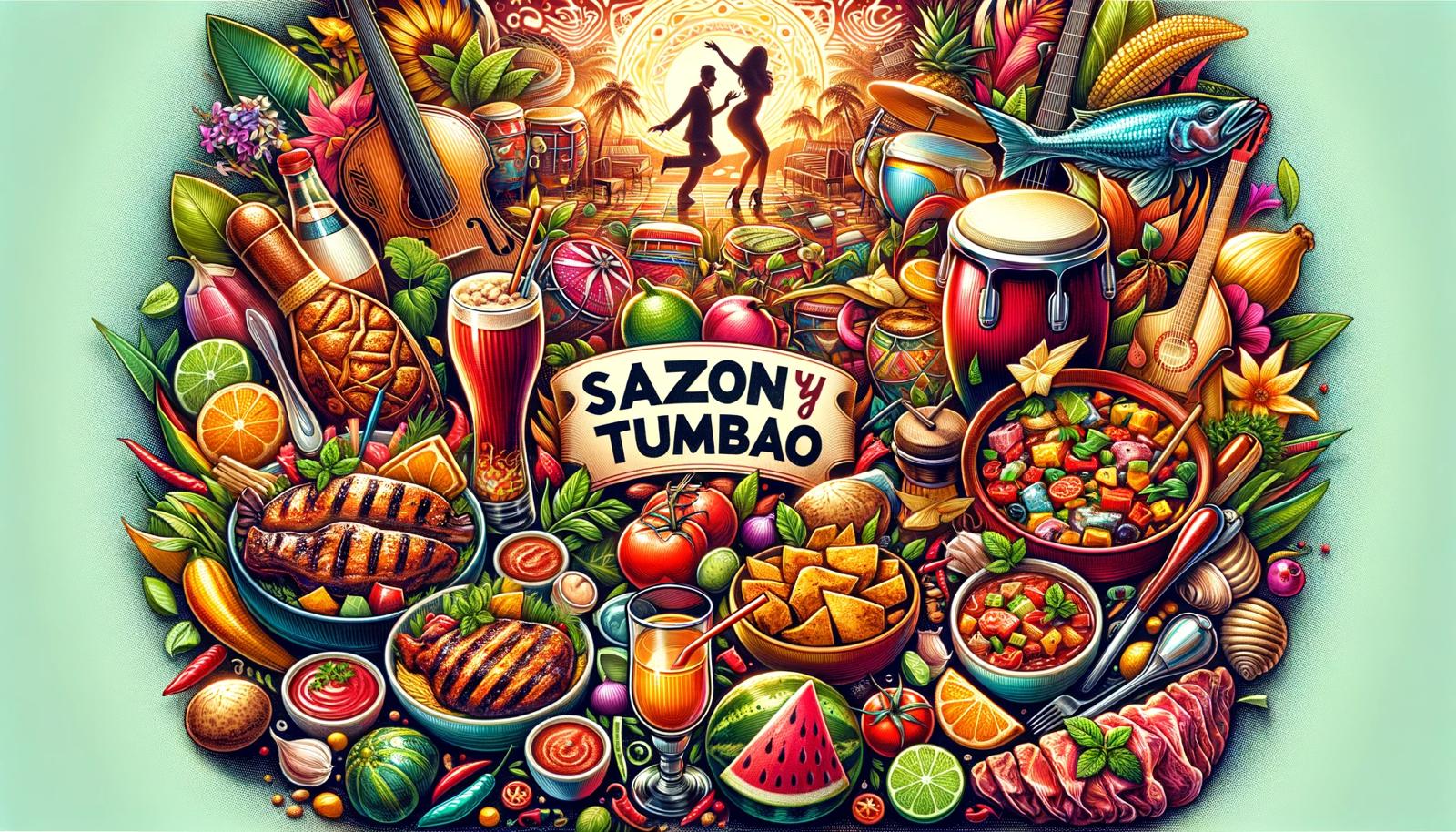

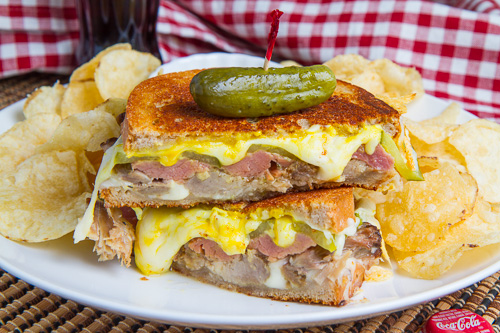

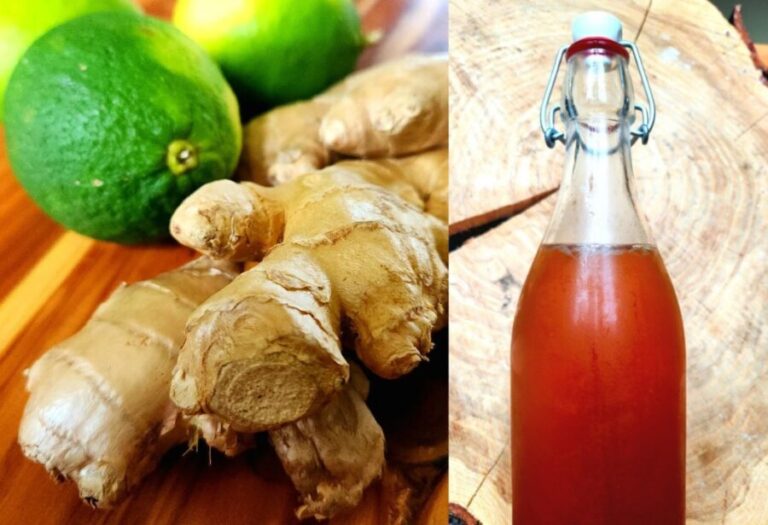
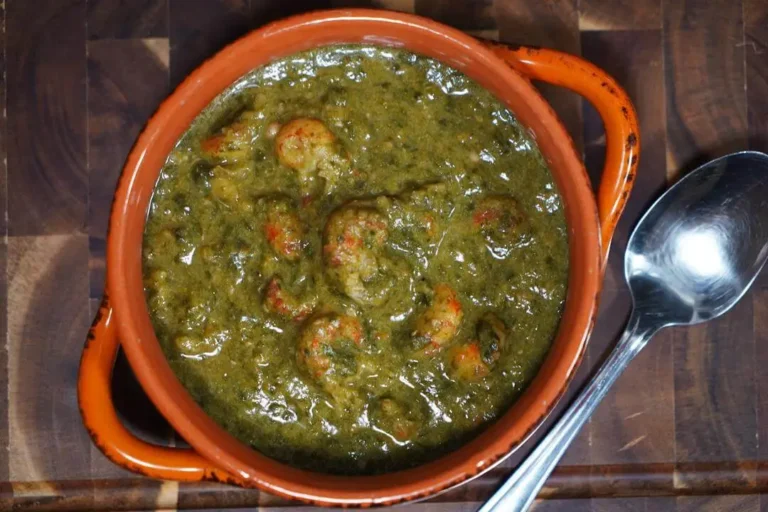

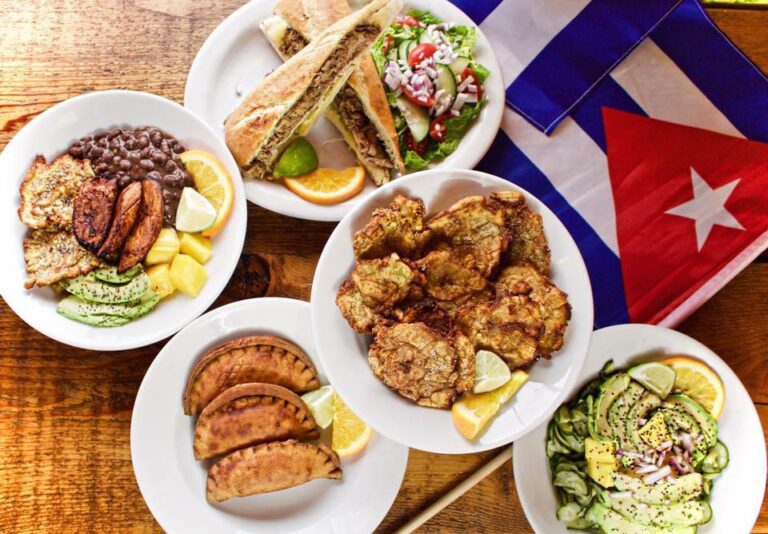
One Comment